Kabalevsky, Op. 39, Play-Along: Post Two (Nos. 1 – 4 Reaction)
It’s time for the first reaction post for the Kabalevsky Piano Play-Along! If you haven’t played through the first 4 pieces, some of what’s ahead may spoil it for you, so use a little caution!
Have you seen the entire Play-Along plan yet? You can read it HERE. Don’t forget! Reply at least 3 different times here on the blog or on the Facebook discussion group page, and you just might receive a prize from Hal Leonard (thank you, Hal Leonard!).
Quick scan thoughts:
All four of these pieces would serve as good introductory Kabalevsky works for mid-to-late elementary students. The first 3 pieces have both hands playing in the treble clef which would reinforce that type of reading if your student hasn’t had much experience with that. Though each is very short, Kabalevsky seems to be concentrating on phrasing (mostly parallel phrasing) and varying articulations.
Thoughts while playing….
No. 1 – Melody
Lovely piece for melodic RH playing in legato style using simple intervals. The first question a recent student asked me was what were those “lines on the half notes?” This is a great piece for introducing tenuto (held; sustained) to a curious student.
The student must negotiate a legato LH shift from a blocked 5th using fingers 5 and 2 to a blocked 3rd using 3 and 1. Students should release the 3rd with a wrist lift to return to the 5th with ease. Here’s a video of young student negotiating that maneuver. Notice how she counts in order to time it.
No. 2 – Polka
This cheerful dance (not too fast, only allegretto) offers LH the opportunity to be expressive. The legato phrases should be delineated by releasing the slurs with gentle wrist lifts. For those who haven’t played much syncopation with the RH, the hands together (HT) coordination could be a bit tricky. I recommend this rhythmic preparation as a prep to HT playing (I asked the student to tap with dynamics and play the LH longer as opposed to the shorter, lighter RH):
Playing one hand smoothly while bouncing the other lightly, plus timing the releases of the LH with the RH – yikes. Notice how the student in this video below times the LH release with the RH staccato on beat 4.
Fingering – the Authentic Edition begins with RH 2 and 4 (which I like for a smooth transition to the next measure). In the last measure, RH ends with 5 and 1 moving to 4 and 2 which might be a stretch for small hands when aiming for double legato. 5 and 1 to 3 and 1 would work if the top voice remained legato.
No. 3 – Rambling (I see “Marching” in a different edition; what about your copy?)
I noticed immediately the inclusion of staccato, tenuto, and staccato/tenuto marks. Varied articulation seems to be the point of this “etude” in what really sounds like a march (a somber Dm one). I would tell the student to create more of a plodding effect in the LH vs. the bouncier, lighter staccatos of the RH, and also to hold the tenuto notes (half notes and whole notes) for as long as possible.
Let’s see if this student comes close to this idea:
The RH does seem to “ramble around” as the title indicates. The LH in m. 4 (authentic edition) has 3 and 1 indicated though a 2 and 1 would work. The student and I thought that perhaps Kabalevsky wanted a stronger attack into the keys, hence the 3-1 choice.
No. 4 – Cradle Song
This piece looks like it should be played fast, but I reminded this student here in the video that it was a lullaby. He immediately changed his approach. The dynamic and the 2-note slurs should work together to create a tender, soothing sound. The authentic edition uses finger 5 moving to 4 on the descending 3rds in the RH. The student here in the video said that it does make a quieter sound compared to 5 to 3 (though he does have bigger hands and can handle the 5 to 4 easily).
When releasing the first slur in each measure, the student needs to know what note is coming on beat 2 in order to target it. I might have the student practice only the first 3 eighth notes saying “E-G-E” and then continue with m. 2 saying “E-G-D” and so forth. Practicing the LH alone many times for the sake of it’s own independence wouldn’t be a bad idea.
Final Thoughts:
The first 3 pieces are wonderful for teaching balance between the two hands. Whenever the two hands are so close together with LH in the Middle C area, balance can be particularly difficult. The middle area of the piano keyboard can easily drown out the treble area just above it.
Each of the 4 pieces presents a different technical problem which qualifies these as small etudes. They certainly don’t sound like typical etudes. That’s the beauty behind these. I would definitely have the student locate common intervallic patterns within each piece for quick learning and work with them to truly make a difference between staccato, tenuto, and staccato-tenuto.
What are your thoughts on Nos. 1 – 4?
Just in case, here’s the Play-Along Schedule:
- Introduction Post: June 1
- Kabalevsky, Op. 39, Nos. 1 thru 4 reaction: June 2
- Nos. 5 thru 8 reaction: June 9
- Nos. 9 thru 12 reaction: June 16
- Nos. 13 thru 16 reaction: June 23
- Nos. 17 thru 20 reaction: June 30
- Nos. 21 thru 24 reaction: July 7
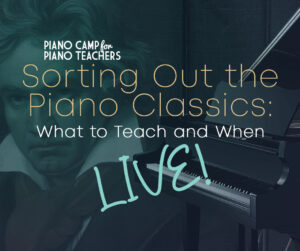

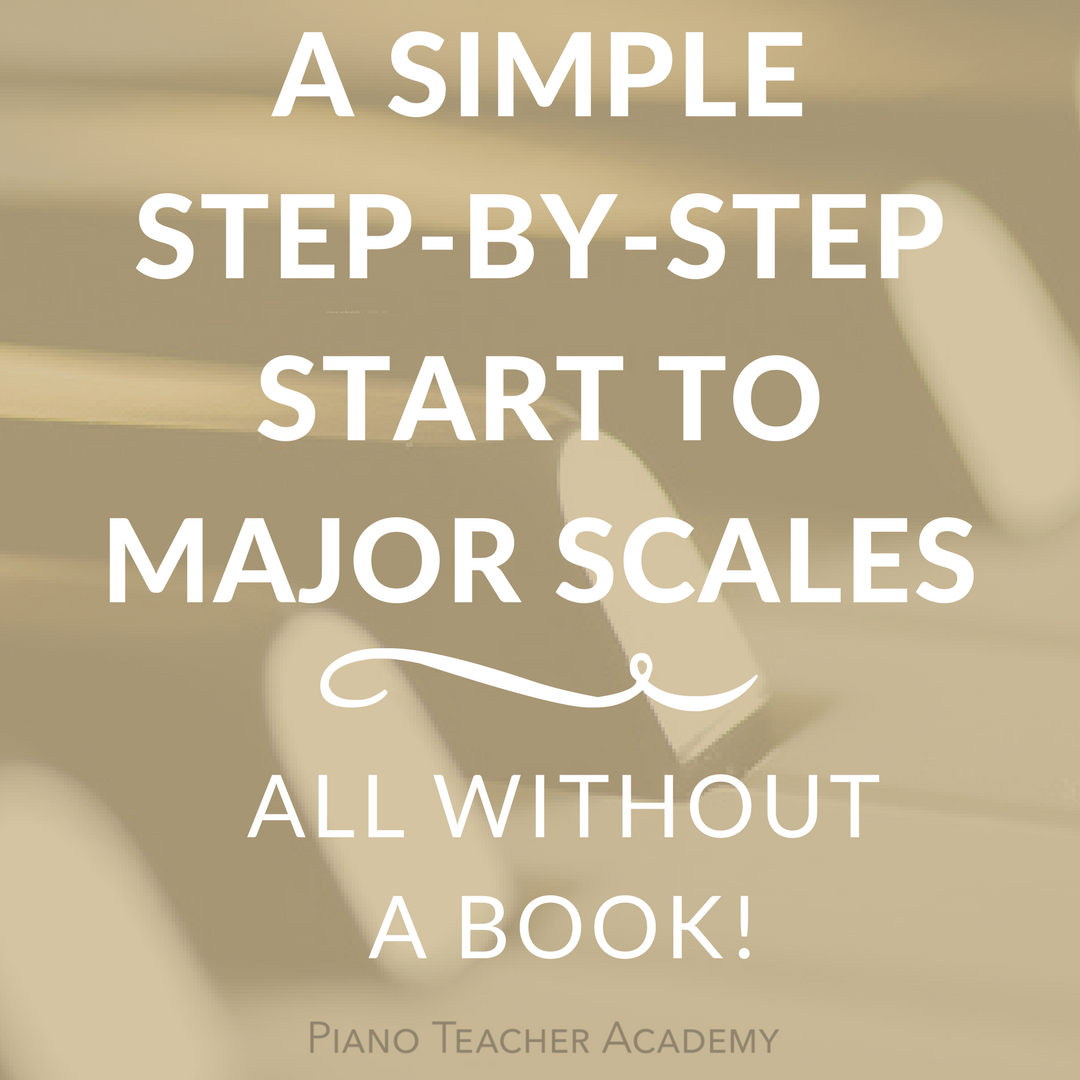
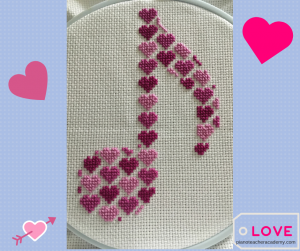
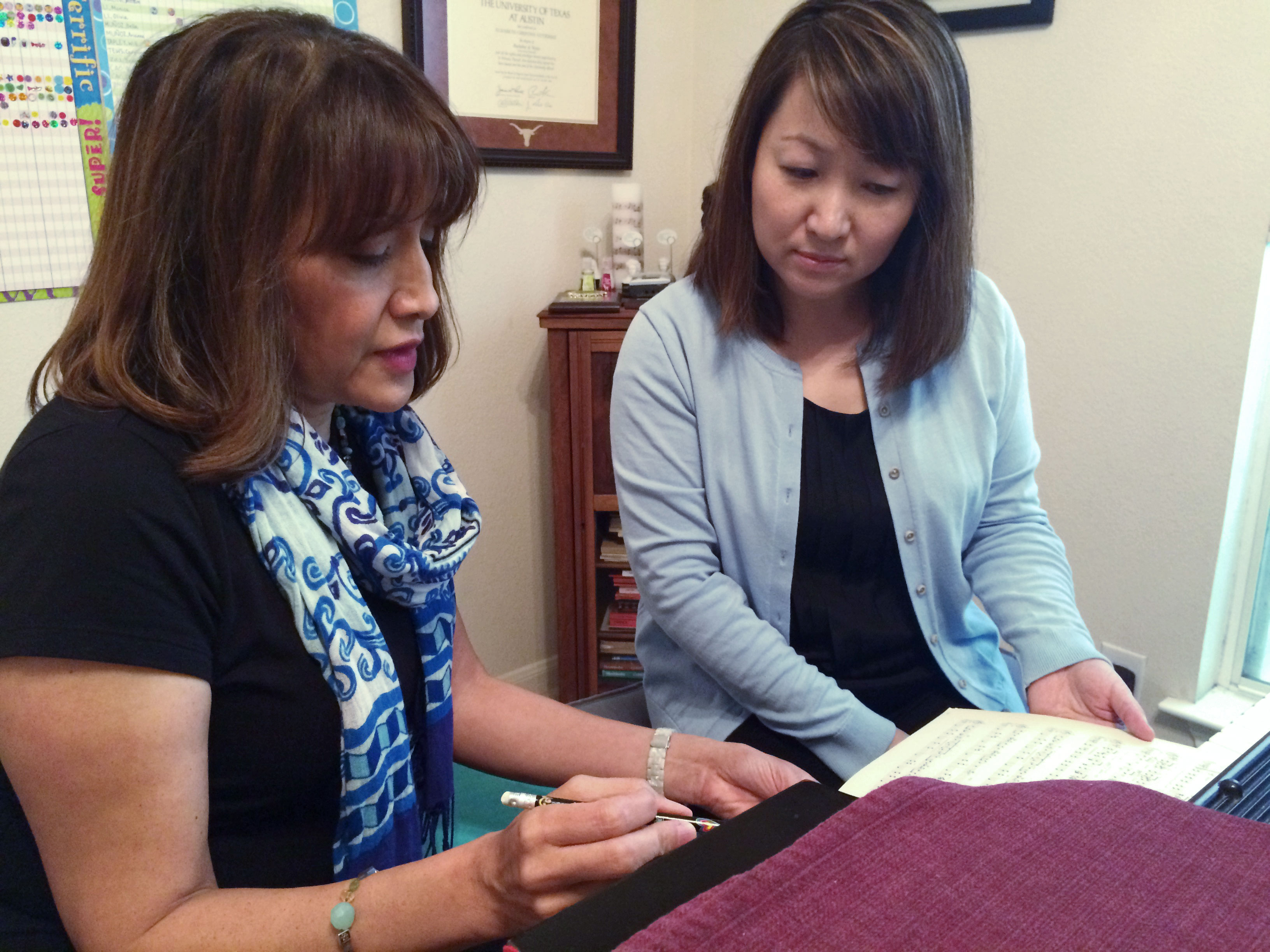




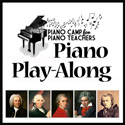
RE: Playalong, Neil A. Klos titles 3. “Marching”. Also, for Cradle Song, did you mean students needs to know what note is coming on beat 3 vs 2?
Elizabeth, thanks for a great workshop today and for sharing this site!
Yes, the Kjos copy is the one in which I saw “Marching” listed instead of Rambling. Perhaps it had an original Russian title that translates more accurately to “Rambling?” We may never know. In Cradle Song, I was referring to beat 2 (thinking 2 quarter notes to the measure, rather than 4 eighth notes). So in this case, in m. 1, the target note would be “E,” in m. 2 it would be “D,” and so forth. It was a pleasure meeting you in St Louis, Debbie!
At the risk of sounding ignorant, in No. 2 if you are supposed to release the left hand with the right hand staccato note in m.2 and so on why wasn’t the note written as a quarter note? I didn’t get the benefit of studying these pieces as a child and have always thought that when you see that rhythmic combination you hold the half note down as close to full value as you can even though the staccato shortens the sound of beat 3. It reminds me of “The Hurdy Gurdy” in 2B T&A where I always instruct holding down the half note full value.
Great question! I ask elementary students to do coordinated lifts like the one I described in No. 2 simply because it makes it much easier for them to execute the two simultaneous activities. The student could wait slightly longer before lifting the half note to recognize the release of the slur. These subtle lifts require such fine timing so as not to be late in playing the first beat of the next phrase. And yes, I agree!, “The Hurdy Gurdy” in 2B T&A really does resemble this piece, doesn’t it? Both could be played hand in hand to reinforce this type of playing.
By the way, when would you introduce these first 4 pieces? What level of PA?
I would introduce the first 3 pieces as soon as students are comfortable reading in the treble clef. No. 1 could be introduced sometime during Level 1 of Piano Adventures. The others would have to be introduced at your discretion considering things like the B-flat in No. 3 (if they’ve had experience playing B-flat) and the high ledger line in No. 2 (which could be introduced simply as the 6th above treble C). I would wait and introduce No. 4 after they’ve experienced a few pieces with eighths though the eighths here are not hard to decipher. It’s the jumping about with drop- lift technique in both hands together that can seem awkward to them. I would introduce No. 4 once they seem to have a good handle on wrist lifts in either hand, perhaps middle-to-end of PA Level 2A or beginning of 2B. Just depends on your student’s level of security.
These 4 short etudes are also great analyzing exercises: finding the same/different patterns, intervals, question/answer phrases, form, hand position, key, dynamic changes and differences! I have a Piano Camp coming up for late elementary/early intermediate students so I’ve ordered this book for them! Thanks Elizabeth!
I agree. They are perfect for simple analysis. Sounds like a great idea for your camp!
In my very small research on Kabalevsky, I’m very curious to read more about him other than Wikipedia. His desire to connect with children at the piano is inspirational. I understand that he taught a class of seven-year-olds for a time, teaching them how to listen attentively and put their impressions into words. His writings on this subject were published in the United States in 1988 as Music and education: “A composer writes about musical education”. Do you know where I can perhaps find this publication and other articles about his work with children?
Actually I was thinking of looking into this book myself. It sounds so interesting. Amazon has one copy for sale at $41.41 (ouch!) I just did a search on WorldCat here and found several copies available at college libraries: https://www.worldcat.org/title/music-and-education-a-composer-writes-about-musical-education/oclc/22710477&referer=brief_results
There’s a copy available at UT-Austin, the closest to you. You can have UT send their copy to a public library near you as long as you have a public library card. Just ask your public library about inter-library loan. Let us know if you were able to obtain one!
Try Book Depository – I typed in Kabalevsky 24 Pieces for Children – they had two books, one had a CD with it. Am just off to order one.
If you are in US it is also showing on the Sheet Music Plus site.
I would want to combine the 2-note slur technique on Cradle Song with a slight side-to-side wrist-rocking action for a somewhat more legato sound. It also creates a cradle-like motion with the hands/wrists. Is this too much to ask of the mid-late elementary student?
No. 2 and No. 3 are nice pieces for noticing chord progression, with No. 2 being the more basic cadence. Again, this may be beyond the ability level of the student typically playing these etudes. Are my ideas more appropriate for the early adult student?
That rocking action of the wrist is not too much to ask of a mid-late elementary student. You might want to polish/refine it hands separately first for security. I love your idea of having students listen to the resulting chord progression in pieces 2 and 3. Excellent ear-training idea! Sometimes I do this by playing the piece for them (somewhat slowly) and I ask them to listen to the chord changes and how it starts on “home” (or the tonic) and then listen how it moves away from “home.” No. 3 really illustrates a big pull away from “home.” I might tell the student that whoever is “rambling” seems to want to ramble far away at first and then decides to play it safe and stay “home.” I love to get students to talk about how sounds might create a picture or story.